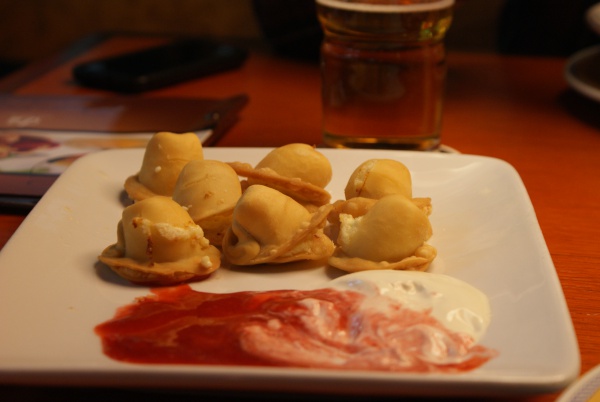Facts About Kalduny
Kalduny, also known as kolduny, are delectable stuffed dumplings integral to Belarusian, Lithuanian, and Polish cuisines. Consider them as cousins to Polish pierogi, Russian pelmeni, and Ukrainian vareniki. Interestingly, the name "kalduny" translates to "magicians" or "sorcerers" in Slavic languages, though the origin of this mystical moniker remains unknown.
The origins of kalduny are debated. Some claim they originated in the West, possibly from Germany or the Czech Republic, while others argue they were introduced from the East by the Tatar-Mongols across Siberia and the Urals. Regardless of their origin, one fact is certain: these dumplings are a culinary delight.
Kalduny are made from unleavened dough, a simple mixture of flour, water, eggs, and salt. Occasionally, onion juice is added for additional flavor. The fillings vary greatly—ranging from meat and mushrooms to sweet options like fresh berries or dried fruits.
When it comes to cooking kalduny, there are various methods: they can be boiled, baked, or fried. The choice of cooking method is often influenced by the type of filling. For instance, meat-filled kalduny might be boiled, while sweet ones could be baked. They can be served as either a main dish or a dessert, showcasing their remarkable versatility. You might even encounter them in soup, akin to Jewish kreplach.
There are numerous varieties of kalduny. Common fillings include meat, mushrooms, smoked pork, rice, hard-boiled eggs, sauerkraut, fish, bilberries, and cherries. In some regions, you'll find larger versions called manti, which are often prepared for Muslim feasts and filled with spiced mutton or veal.
With an array of combinations in dough, fillings, and cooking methods, kalduny offer endless possibilities for delicious culinary creations. Whether you're craving something savory or sweet, there's a kalduny variation to satisfy your taste buds!

 Poland
Poland